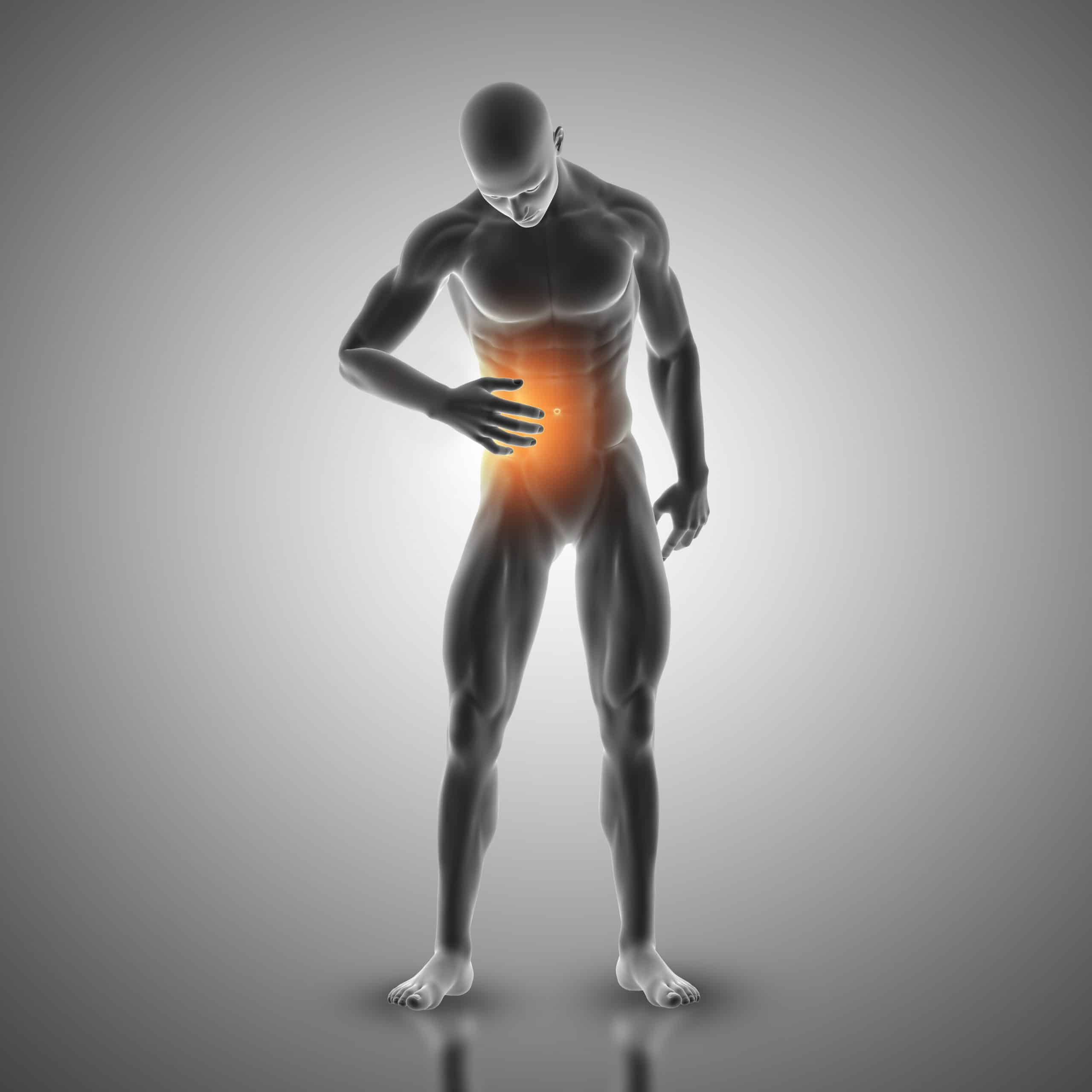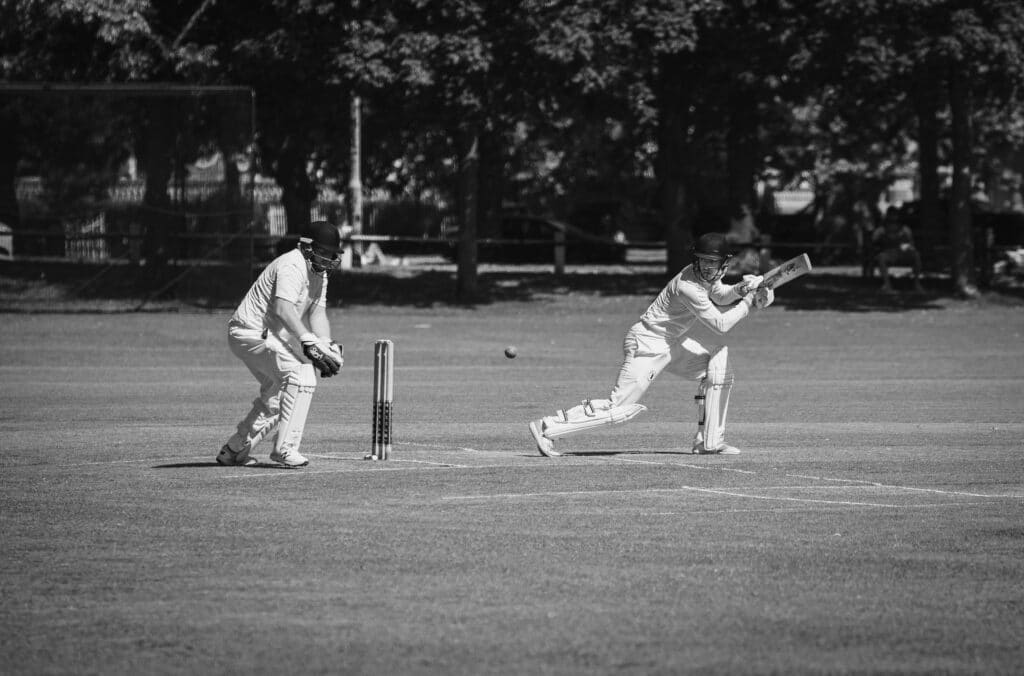Understanding Abdominal Muscle Strain: Causes and Care
What we’ll cover
- What Is Abdominal Muscle Strain and How Does It Affect You
- What Is Abdominal Muscle Strain?
- Common Symptoms of Abdominal Muscle Strain
- What Causes Abdominal Muscle Strain
- Common Triggers
- Poor Posture and Core Weakness
- The Role of Pregnancy and Postpartum Changes in Abdominal Muscle Separation
- How to Recognise and Diagnose Abdominal Muscle Strain
- Physical Signs
- Diagnostic Methods
- What Are the Best Treatment Options for Abdominal Muscle Strain
- Immediate Care
- Rehabilitation
- Comparison of Abdominal Muscle Injury Types and Treatments
- What Are Effective Exercises and Precautions
- Safe Prehabilitation Exercises
- Avoiding Movements
- Progressing to Advanced Core and Functional Training
Abdominal muscle strain is a common injury that affects people of all fitness levels, from weekend warriors to professional athletes. This comprehensive guide explores everything you need to know about recognising, treating, and preventing this painful condition that can significantly impact your daily activities.
What Is Abdominal Muscle Strain and How Does It Affect You
What Is Abdominal Muscle Strain?
An abdominal muscle strain, also known as ab muscle strain, occurs when the muscles in your abdominal wall are stretched beyond their normal capacity or torn due to excessive force or sudden movement. This injury affects the rectus abdominis, obliques, or transverse abdominis muscles that form your core’s protective barrier.
The severity of abdominal muscle strain can range from:
- Grade 1 (Mild): Minor stretching with microscopic tears
- Grade 2 (Moderate): Partial muscle tear with noticeable pain and swelling
- Grade 3 (Severe): Complete muscle rupture requiring immediate medical attention
Unlike simple soreness from exercise, a true muscle stomach strain involves actual tissue damage that requires proper healing time and appropriate treatment to prevent complications or chronic issues.
Common Symptoms of Abdominal Muscle Strain
Recognising the symptoms of abdominal muscle strain helps determine the appropriate treatment approach. Key warning signs include:
- Sharp, localised pain in the affected abdominal area that worsens with movement
- Muscle spasms or involuntary contractions in the injured region
- Swelling and tenderness around the strain site
- Bruising that may appear 24-48 hours after injury
- Difficulty with basic movements like coughing, sneezing, or laughing
- Weakness in the core muscles affecting posture and stability
The pain typically intensifies when you engage your abdominal muscles through activities like sitting up, twisting, or bearing down. Many people describe the sensation as feeling like their stomach muscles are “pulled” or “torn.”
What Causes Abdominal Muscle Strain
Understanding the root causes of abdominal muscle strain helps in both treatment and prevention strategies. Multiple factors can contribute to this injury, often working in combination to create the perfect storm for muscle damage.
Common Triggers
Sudden movements represent the most frequent cause of abdominal muscle strain. These include:
- Quick twisting motions during sports like tennis, golf, or baseball
- Explosive lifting without proper warm-up or technique
- Rapid directional changes during running or athletic activities
- Forceful coughing or sneezing when muscles are unprepared
Heavy lifting places enormous stress on abdominal muscles, particularly when:
- Proper lifting technique is ignored
- The weight exceeds your current strength capacity
- You lift while in awkward or compromised positions
- Core muscles aren’t properly engaged before the lift
Overuse injuries develop gradually through repetitive stress on abdominal muscles. This commonly occurs in:
- Athletes performing repetitive trunk rotations
- Workers doing repetitive lifting or bending
- Fitness enthusiasts doing excessive abdominal exercises without adequate recovery
Poor Posture and Core Weakness
Chronic poor posture creates muscle imbalances that predispose you to abdominal muscle strain. When you consistently maintain slouched or forward-head postures, your core muscles weaken while other muscle groups compensate, creating instability and increased injury risk.
Core weakness is often an underlying factor in abdominal muscle strains. When your deep stabilising muscles can’t provide adequate support, superficial muscles like the rectus abdominis must work harder, making them more susceptible to strain and injury.
Contributing factors to core weakness include:
- Sedentary lifestyle with prolonged sitting
- Previous abdominal or back injuries
- Age-related muscle mass decline
- Inadequate strength training focus on core stability
The Role of Pregnancy and Postpartum Changes in Abdominal Muscle Separation
Abdominal muscles separation, medically known as diastasis recti, commonly occurs during pregnancy as the growing uterus stretches the rectus abdominis muscles. This condition significantly increases the risk of abdominal muscle strain both during pregnancy and in the postpartum period.
During pregnancy, hormonal changes soften connective tissues while the expanding uterus creates continuous stretch on abdominal muscles. This combination makes pregnant women particularly vulnerable to muscle strain, especially in the later trimesters.
Postpartum recovery presents unique challenges as weakened and separated abdominal muscles struggle to provide adequate core support. New mothers often experience strain when:
- Lifting and carrying their growing children
- Returning to exercise too quickly after delivery
- Performing daily activities without proper core reactivation
The separation can persist long after delivery if not properly addressed through targeted rehabilitation exercises and professional guidance.
How to Recognise and Diagnose Abdominal Muscle Strain
Proper diagnosis ensures appropriate treatment and prevents complications that could arise from mismanaged injuries. Understanding both the physical signs and diagnostic methods helps distinguish abdominal muscle strain from other conditions.
Physical Signs
Immediate physical signs that suggest abdominal muscle strain include:
- Point tenderness when pressing on the affected muscle
- Visible muscle deformity or bulging in severe cases
- Protective guarding where you unconsciously avoid movements that cause pain
- Compensatory movement patterns as you favor the injured side
Functional limitations become apparent when attempting normal activities:
- Difficulty getting out of bed or chairs
- Pain when reaching overhead or across your body
- Weakness when trying to maintain upright posture
- Inability to perform abdominal exercises without significant discomfort
Diagnostic Methods
Physical examination by a healthcare provider typically includes:
- Palpation to identify areas of tenderness, swelling, or muscle defects
- Range of motion testing to assess functional limitations
- Strength testing to evaluate the extent of muscle weakness
- Special tests to differentiate strain from other abdominal conditions
Advanced imaging may be necessary for severe cases:
Ultrasound imaging can visualise muscle tears, hematomas, and healing progress in real-time. This non-invasive method is particularly useful for monitoring recovery and guiding treatment decisions.
MRI scans provide detailed images of soft tissue damage and are reserved for complex cases where surgical intervention might be necessary or when conservative treatment isn’t progressing as expected.
When to seek immediate medical evaluation:
- Severe pain that doesn’t improve with rest
- Signs of internal bleeding or severe bruising
- Complete inability to use abdominal muscles
- Fever or signs of infection
- Persistent nausea or vomiting accompanying the injury
What Are the Best Treatment Options for Abdominal Muscle Strain
Effective treatment depends on injury severity, individual factors, and treatment goals. A comprehensive approach addressing both immediate symptom relief and long-term recovery produces the best outcomes.
Immediate Care
The RICE protocol forms the foundation of initial treatment:
- Rest: Avoid activities that aggravate symptoms while allowing initial healing
- Ice: Apply cold therapy for 15-20 minutes every 2-3 hours during the first 48-72 hours
- Compression: Use elastic bandages or compression garments to reduce swelling
- Elevation: When possible, elevate the affected area to minimise fluid accumulation
Pain management strategies help maintain comfort during the acute phase:
- Over-the-counter medications like ibuprofen or acetaminophen can reduce pain and inflammation
- Topical treatments including anti-inflammatory gels may provide localised relief
- Heat therapy can be introduced after 48-72 hours to promote blood flow and healing
Activity modification involves temporarily avoiding movements that stress the injured muscle while maintaining overall fitness through alternative exercises that don’t aggravate symptoms.
Rehabilitation
Targeted physiotherapy plays a crucial role in complete recovery and prevention of re-injury. Professional guidance ensures exercises are progressed appropriately and safely.
Phase 1: Protection and Pain Relief (Days 1-7)
- Gentle breathing exercises to maintain muscle activation
- Light stretching within pain-free ranges
- Basic posture awareness and correction
Phase 2: Early Mobilisation (Weeks 1-3)
- Progressive range of motion exercises
- Introduction of gentle core stability work
- Gradual return to light daily activities
Phase 3: Strengthening and Function (Weeks 3-8)
- Core strengthening exercises targeting all abdominal muscle groups
- Functional movement patterns that prepare you for return to normal activities
- Sport-specific training for athletes preparing to return to competition
Advanced rehabilitation may include manual therapy, dry needling, or specialised equipment to address persistent restrictions or weakness patterns.
Comparison of Abdominal Muscle Injury Types and Treatments
| Injury Type | Typical Causes | Symptoms | Recommended Treatment |
| Abdominal Muscle Strain | Sudden stretch, overuse, trauma | Localised pain, swelling, muscle spasm | Rest, physiotherapy, gradual strengthening |
| Abdominal Muscle Separation | Pregnancy, obesity, core weakness | Visible bulge, weakness in midline | Core rehabilitation, specialist guidance |
| Severe Tear or Rupture | Major trauma, excessive heavy lifting | Sharp pain, severe bruising, functional loss | Medical evaluation, possible surgical intervention |
This comparison helps identify which type of injury you might be dealing with and guides appropriate treatment decisions. While mild strains can often be managed conservatively, severe injuries require immediate professional attention.
What Are Effective Exercises and Precautions
Recovery and prevention both depend on implementing appropriate exercises while avoiding movements that could re-injure healing tissues or create new problems.
Safe Prehabilitation Exercises
Breathing exercises form the foundation of core rehabilitation:
- Diaphragmatic breathing: Lie comfortably and focus on expanding your ribcage laterally while breathing deeply
- 360-degree breathing: Practice breathing that expands your ribcage in all directions
- Breathing with gentle core activation: Lightly engage abdominal muscles during exhalation
Progressive strengthening sequence:
Week 1-2: Gentle Activation
- Dead bug exercises with minimal movement
- Wall sits with focus on core engagement
- Modified planks against a wall or elevated surface
Week 3-4: Building Strength
- Bridge exercises with core focus
- Modified bird dog movements
- Gentle trunk rotations in pain-free ranges
Week 5-8: Advanced Integration
- Full planks and side planks as tolerated
- Functional squatting and lifting patterns
- Sport-specific movement preparation
Avoiding Movements
High-risk activities to avoid during recovery:
- Sit-ups and crunches that create excessive abdominal wall stress
- Heavy lifting beyond your current capacity
- Ballistic stretching or bouncing movements
- Rotational movements under load until strength is restored
Movement modifications help you stay active while protecting healing tissues:
- Use your arms to assist when getting up from lying positions
- Avoid twisting while lifting; move your feet instead
- Support your abdomen when coughing or sneezing
- Maintain neutral spine alignment during all activities
Progressing to Advanced Core and Functional Training
Return to full activity should be gradual and systematic:
Strength benchmarks before advancing include:
- Ability to perform basic core exercises without pain
- Restoration of normal movement patterns
- Symmetrical strength between left and right sides
Functional testing ensures readiness for demanding activities:
- Single-leg balance challenges
- Rotational power movements
- Sport-specific skill practice under controlled conditions
Long-term maintenance prevents re-injury through:
- Regular core strengthening routine
- Proper warm-up before physical activities
- Ongoing attention to posture and movement quality
- Periodic assessment of strength and flexibility balance
Remember that abdominal muscle strain recovery is highly individual, and what works for one person may need modification for another. Working with qualified healthcare providers ensures your treatment plan addresses your specific needs while promoting safe, effective healing that gets you back to full function as quickly as possible.
At ME Physio, our experienced physiotherapists specialise in treating abdominal muscle strain.



